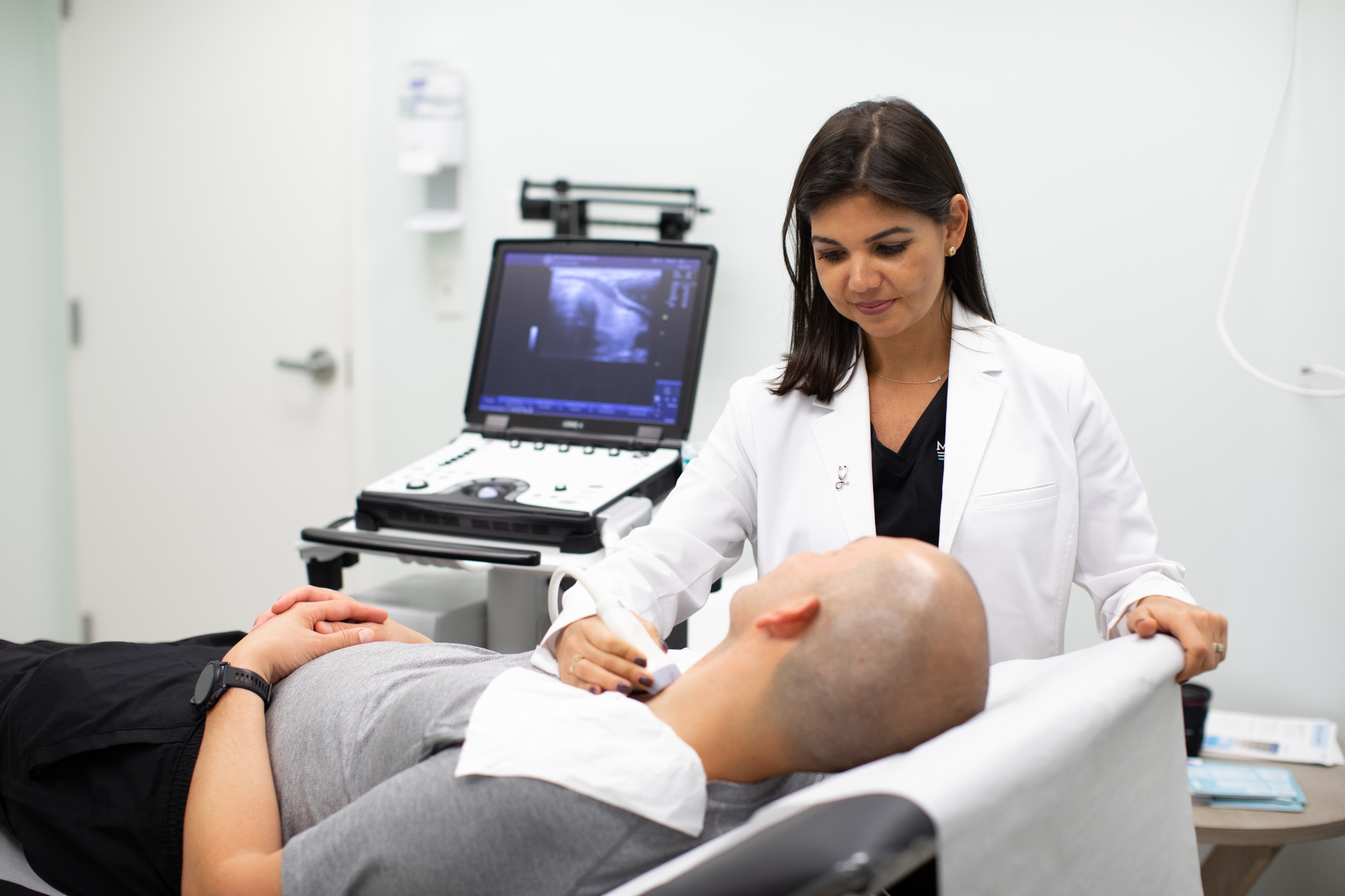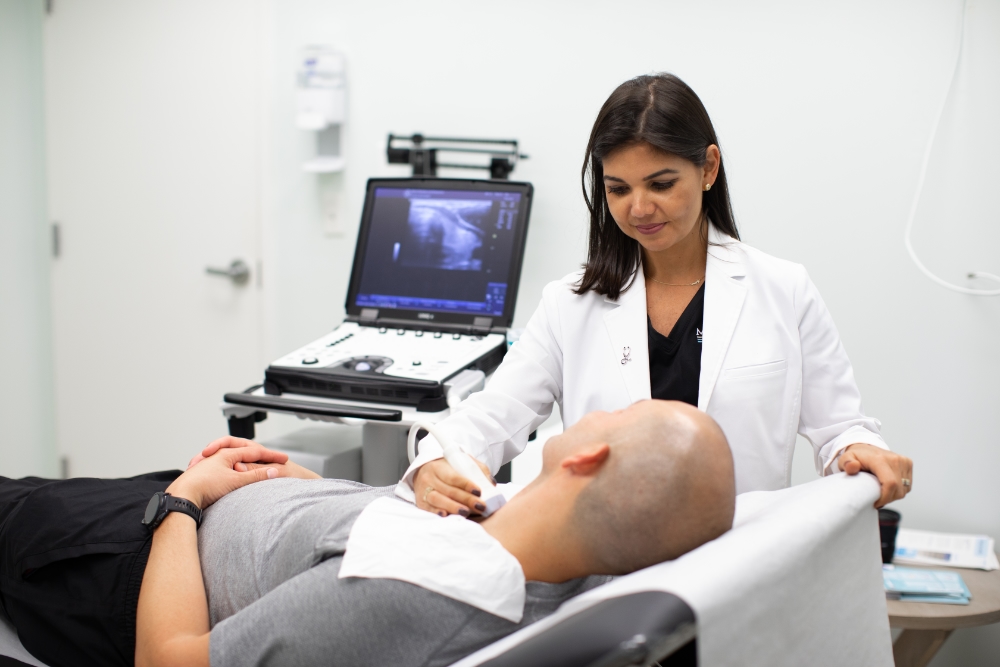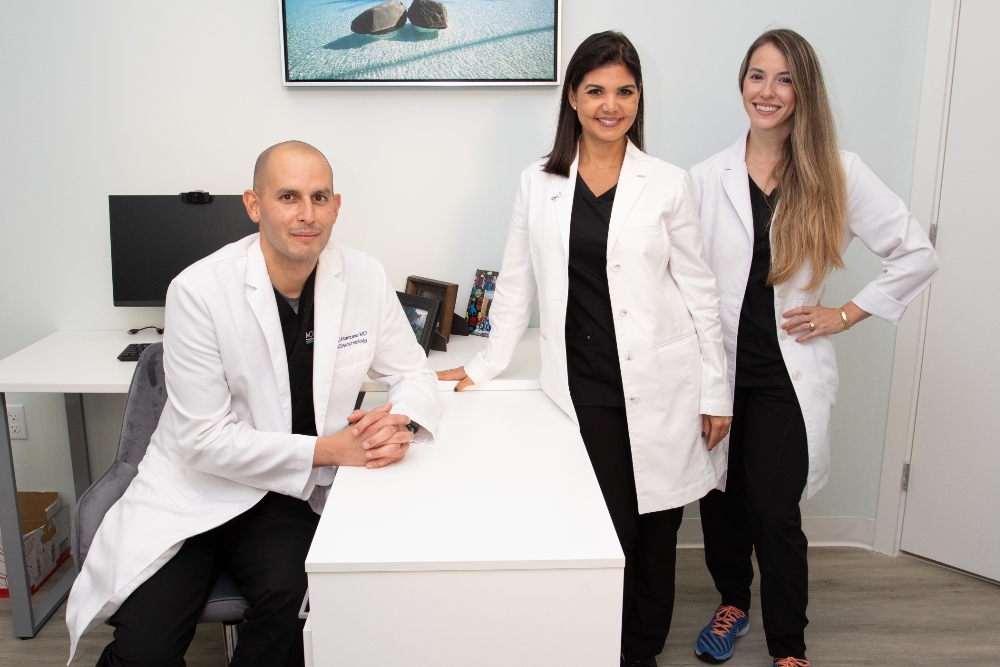Learn About
Sexual Hormones Management
Our team of physicians are board certified physicians by the American Board of Internal Medicine and have been practicing Endocrinology with an emphasis in diabetes, non-surgical weight loss and Thyroid disease. Below are the services that we provide. Please call our office 786-433-2450 if you have any questions or would like to schedule an appointment.


Learn About
Sexual Hormones Disorders
Our team of physicians are board certified physicians by the American Board of Internal Medicine and have been practicing Endocrinology with an emphasis in diabetes, non-surgical weight loss and Thyroid disease. Below are the services that we provide. Please call our office 786-433-2450 if you have any questions or would like to schedule an appointment.
Sex hormone disorders occur when there is either an overproduction or underproduction of the hormones responsible for sexual characteristics and development. In females, the main female hormone is estrogen which is primarily produced by the ovaries. Women also produce androgens. Testosterone and DHEAS are two of the androgens women produce. When these hormones are not in balance women may experience symptoms including menstrual cycle irregularities, hirsutism, acne and alopecia. In males, the main male hormone is testosterone. When males do not produce enough testosterone they may experience a decline in libido, erectile dysfunction, loss of muscle and loss of body hair.
Sex hormone disorders are resulted either due to excess production or due to the underproduction of sexual hormones which results in the improper development of sexual characteristics in a person. In females this may occur due to the decreased production of estrogen and in males this may result due to the decreased production of testosterone. Which results in PCOS, Hirsutism, androgen excess, menopause in females and hypogonadism, erectile dysfunction, gynecomastia in males. Women are found more than males with sex hormone disorders. These are hereditary and can be inherited from one generation to another generation.
- Gonadal dysgenesis
- Hermaphroditism and androgen insensitivity syndromes
- Klinefelter and kallmann syndrome
- Menstrual function or fertility disorders
- Erectile dysfunction
- Hypogonadism and gynecomastia
- Hirsutism
- Menopause and perimenopause
- Reproductive hormone disorders
- Ovarian insufficiency
Gender identity is your inner sense of being male, female, both, neither, or some other gender. For transgender people, their gender identity does not match the sex that they were assigned at birth. Sometimes gender identity is outside the two most common categories of male or female. People who feel this way may use the term “nonbinary.”
The process for recognizing, accepting, and expressing your gender identity is called a transition. There are many options for transitioning, including medical and nonmedical options.
Medical options for transgender people in transition include:
- Hormone therapy. This is medicine to help increase or decrease sex characteristics. For example, if you are in transition to male, the hormone testosterone helps develop male physical traits such as hair growth on the face or body. Or if you are in transition to female, you may take estrogen to produce female physical traits such as an increase in body fat and breast development.
- Surgery or surgeries. These are procedures that change the look and the function of your physical sex so that it matches the gender you identify with.
Some transgender people in transition get surgery, some get hormone therapy, and some get a combination of both. These options may also include counseling.
Many transgender people transition without using hormones or surgery. Nonmedical options include:
- Living as your gender identity. This includes changing your clothing, name, speech or other things. You choose how you feel most comfortable expressing your gender identify.
- Counseling, which may also be called psychotherapy or therapy. This is professional guidance to help a person, family, or group of people recognize and deal with transgender issues. It can be done one-on-one or as a family or group.
- Getting support. It can be comforting and helpful to talk to people who know what you’re going through. You can find these people through local or online groups. If you don’t know where to find support, check with:
- Your doctor.
- Your school counselor or a trusted teacher.
- Websites and online organizations. You can find a list of organizations at the LGBT National Help Center (www.glnh.org).
Children form their gender identity early. Most children believe firmly by the age of 3 that they are either a girl or a boy. The feeling that they are different may start early in life. Many transgender adults remember feeling a difference between their bodies and what they felt inside at a young age. Others didn’t feel this way until later in life.
Children and teens grow and develop quickly. Sometimes before and during puberty, they may feel more like one gender some of the time, and more like another gender at other times. That’s why it’s important to explore nonmedical or reversible options, such as allowing your child to live as their identity. They may want to wear the clothes of their gender identity, use a different name, or ask others to use a different pronoun.
You can also talk to your child’s doctor about types of reversible hormone therapies that can help your transgender child to transition.
Many parents have a hard time accepting that their child is transgender. But it’s important to remember that your child is still the same child you’ve always known and loved.
- Learn all you can about gender identity.
- Learn to use the right pronouns (“he,” “him,” “she,” “her,” “they,” “them,” “ze,” “zir”). Ask which pronouns the person prefers.
- If the person is changing their name, use that new name when you talk to or about the person.

Schedule an Appointment Today
& receive personalized treatment options.

